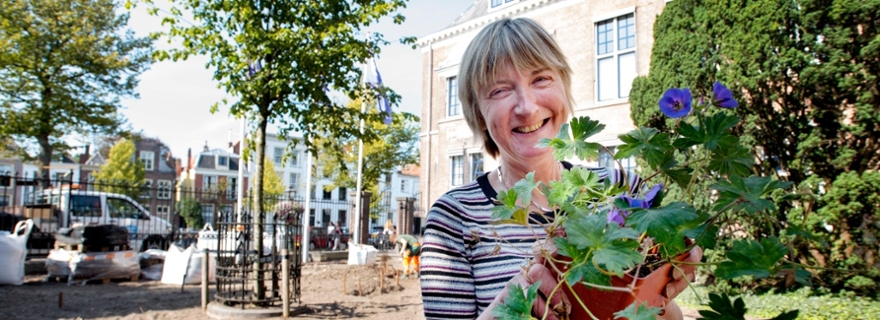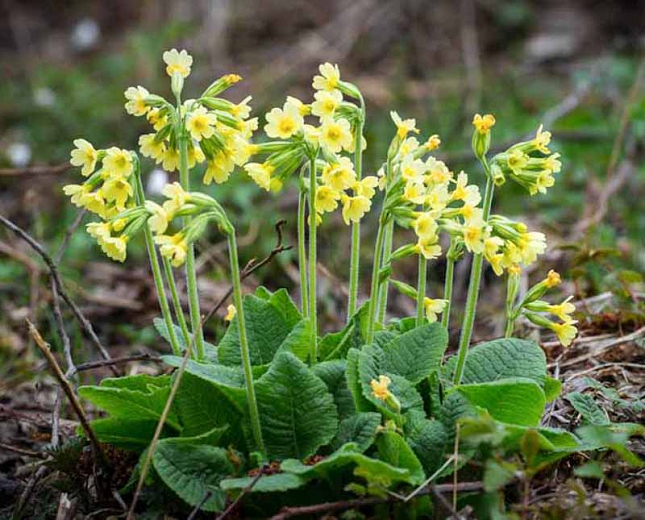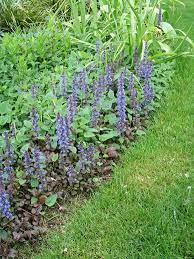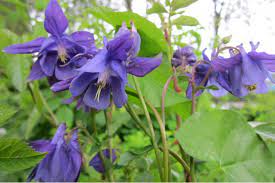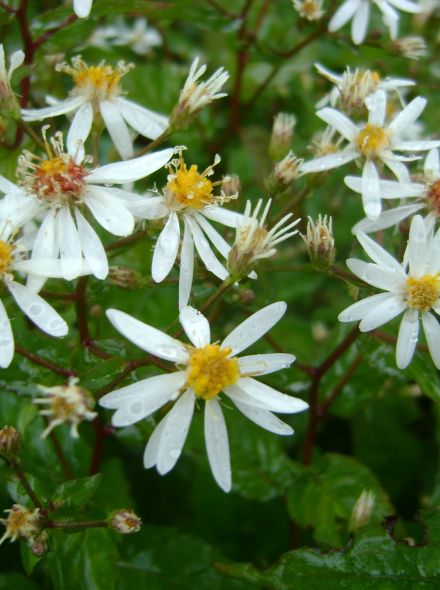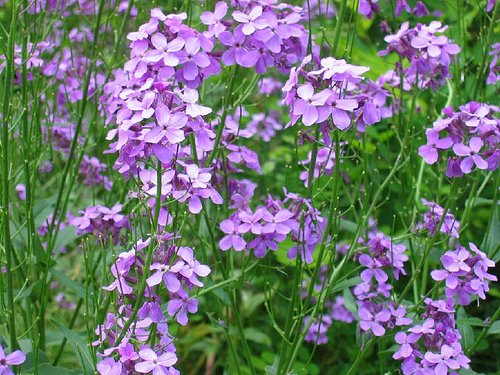Increasing Biodiversity at Home
As we are working very hard to make our University more green, it is of upmost importance that you join us in our battle and start increasing the local biodiversity from your own house! Every bit will help, it is beneficial for you own mental health and most importantly it is fun! We have created this guide to make sure you’ll get on track because gardening does not have to be difficult.
Tips & Tricks
As we are working very hard to make our University more green, it is of upmost importance that you join us in our battle and start increasing the local biodiversity from your own house! Every bit will help, it is beneficial for you own mental health and most importantly it is fun! We have created this guide to make sure you’ll get on track because gardening does not have to be difficult.
- You don’t need to buy a pot at your local store, be creative and use something which you were about to throw away.
- Flowers are very important, pick plants to make sure there are flowers in bloom all year-long
- Build an own compost heap, hedgehogs love them in Fall.
- Don’t use chemical pesticides
- Adjust your plants with the season
- Buy a birdhouses to attract birds in your own garden (Available at Action)
- Buy an insecthouse to attract different kinds of insects (Available at Action)
From the research conducted by the Hortus Botanicus, we have put together a list of vegetation highly usable. In this reel you can see the different types which you can buy at your local gardening center.
Due to the fact that most of us are still working from home, the interest in our own tiny forests has increased. In addition, the municipality of Leiden has declared 2021 as Year of the Garden. It means there’s no more time for excuses to work on your outdoor space.
The problem these times is that the increase in paved gardens is putting more and more pressure on biodiversity. Birds, butterflies, bees, hedgehogs and other small animals leave their backyards due to the loss of their food sources. The extra stones also lead to waterlogging and heat stress. Most people think that a green garden is expensive, but it’s the opposite! With a touch of creativity and LUGO’s tips, you can have a green garden in the blink of an eye!
1. PICK YOUR PLANTS (WISELY)
Purchasing a bunch of new plants doesn’t have to be expensive. Search on Marktplaats, Facebook Marketplace for ‘stekjes’ or ‘sprouts’or join Facebook-groups such as Planten-Stekjesruil, Plants & Sprouts Leiden. Visit the plantenstekjesruil website or join the Stek App! To create the largest impact in terms of biodiversity, make sure to:
• Check if your plants are bee and butterfly friendly. Pick flowers and plants such as lavender, catnip, campanula, sunflower and cornflower, but don’t forget that bees need food in the early months of spring as well. Plant crocus flowers, snowdrops and pansies to start your bee-garden early!
• Choose plants to attract as many birds as possible! Bee and birdspotting has never been so popular as it is right now. Pick the purple coneflower, the crabapple, the sunflower, the serviceberry and the red cedar to attract birds. For more tips on how to increase the birds in your garden, have a look at this link.
2. CREATE A FAUNA FESTIVAL
We just mentioned the most important plants to attract insects and small animals to your garden. To add up, there are ways to increase the biodiversity even more!
• Create a Bee Hotel! While we are unable to travel to faraway hotels and hostels, we can provide this luxury for the local bees! Get creative and DIY your own bee-hotel. The dry and warm environment is perfect for bees to shelter and to lay eggs in.
• Create bird-houses: With less and less trees in the city, it’s important that birds have a sheltered space to breed. These DIY bird-houses are fun to make, and will save you money compared to most birdhouses.
• Create Bird-feeders: There’s no excuse for not having anything that’s suitable for a bird-feeder; from an old milk carton to a tea pot, birds will love it once you transformed it into a bird feeder. Click on the link for the DIY-manual! Remember to provide food for the birds in autumn and winter as well!
• Try out a wild corner! If you have space on your property to do so, leave an area of your garden free for wild plants to grow. Most wildflowers attract a wide variety of bees and insects. Interested in free wildflower seeds from LUGO? Let us know by sending an email! There are some seeds left from the National Seed Day (April 22).
Other things you can do to become aware of the biodiversity around you!
• Check the pavement plants: you might be the owner of a very unique species! Check out this video about how to spot them!
• Stay updated about the Biodiversity project of Leiden University Green Office in collaboration with the Hortus, UFB and Vastgoed! With expertise of the Hortus Botanicus we are going to enlarge the population of the existing bee species in Leiden! How and where? Soon to be continued!
• Do your own research on biodiversity: count the bees and birds every week and see if they increase after your efforts!

